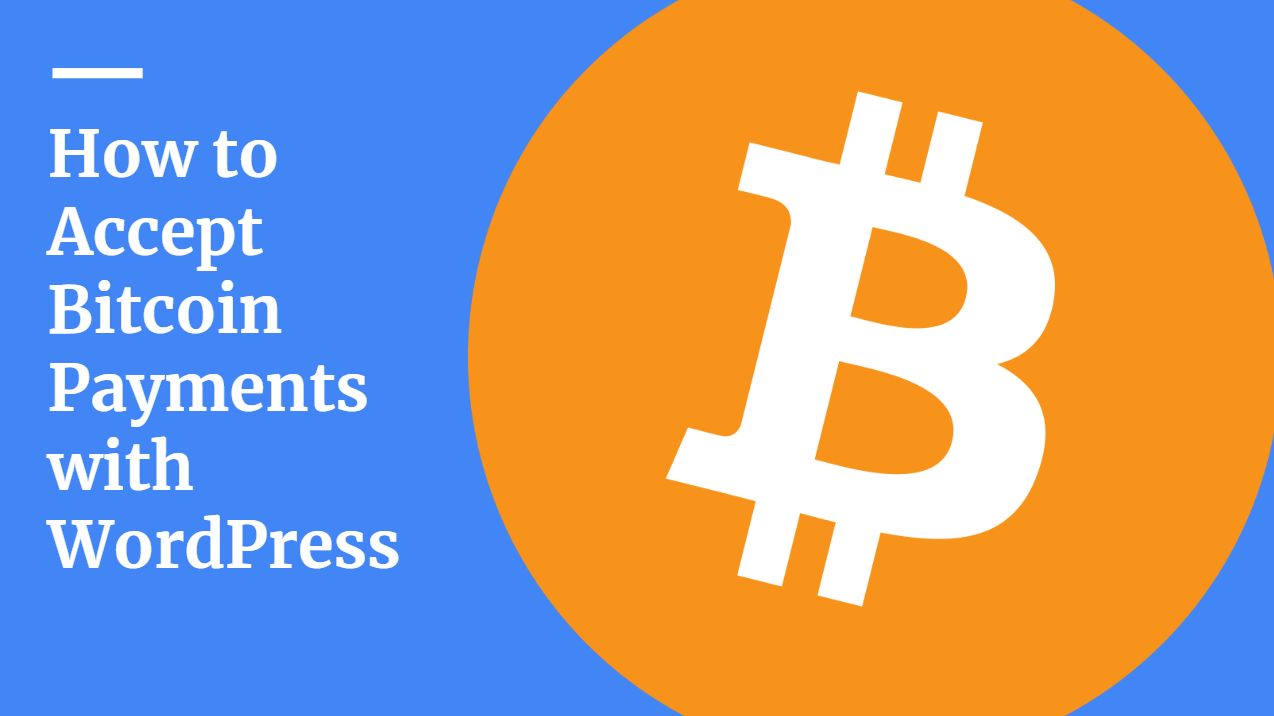

How to Accept Bitcoin Payments with your WordPress website-: Bitcoin, often described as a cryptocurrency, a virtual currency or a digital currency – is a type of money that is completely virtual. It’s like an online version of cash. You can use it to buy products and services, but not many shops accept Bitcoin yet and some countries have banned it altogether. The physical Bitcoins you see in photos are a novelty. They would be worthless without the private codes printed inside them.
How does Bitcoin work?
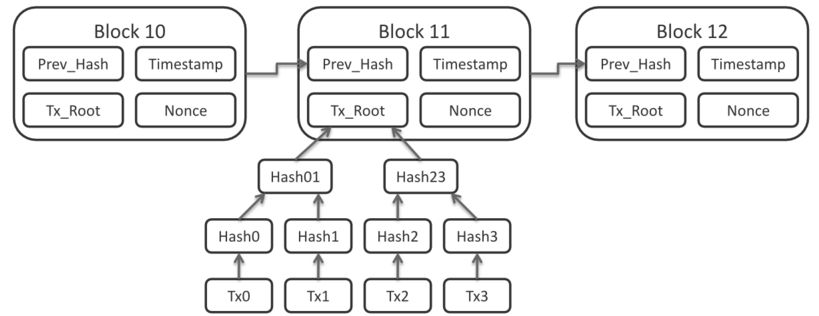
Each Bitcoin is basically a computer file which is stored in a ‘digital wallet’ app on a smartphone or computer. People can send Bitcoins (or part of one) to your digital wallet, and you can send Bitcoins to other people. Every single transaction is recorded in a public list called the blockchain. This makes it possible to trace the history of Bitcoins to stop people from spending coins they do not own, making copies or undo-ing transactions.
How to Create Bitcoin Address-:
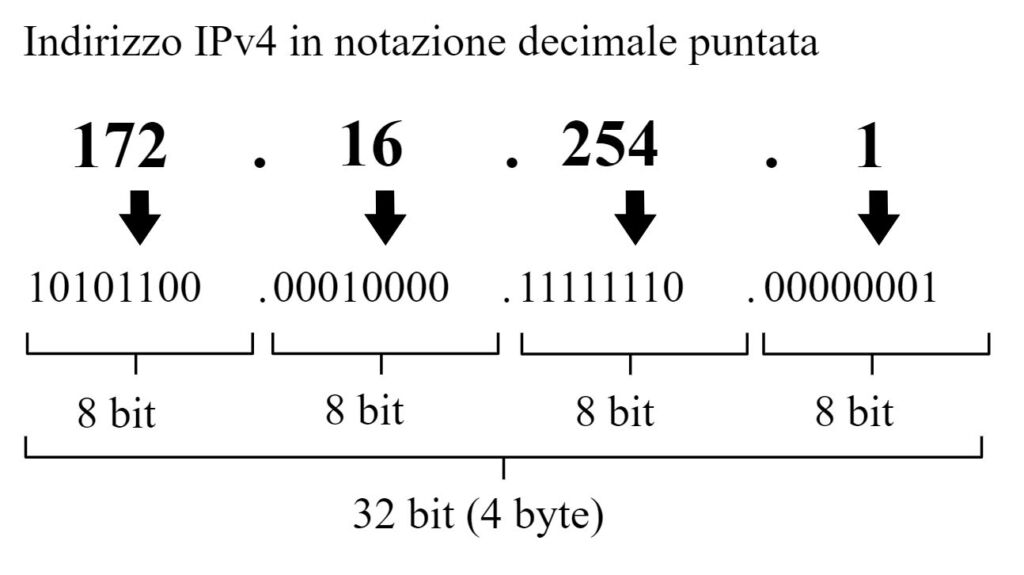
There are a number of platforms to create a Bitcoin Wallet Address. Bitpay, Coinbase, Jaxx Liberty etc. You can use any platform to create your Bitcoin Wallet but I recommend to create Bitcoin using Bitpay because in next step I will how to create a Business account with Bitpay where you have to enter Bitcoin address to accept bitcoin.
How to Create a Bitcoin Wallet and Accept Bitcoin Payment-:
Bitpay provides a popular Bitcoin wallet and payment processor service. This solution works by enabling Bitcoin payments with WordPress to be sent directly to your Bitcoin wallet and/or bank account in the currency of your choice. Bitpay can send funds to banks in over 38 countries, and in numerous currencies. It is also integrated with over 40 eCommerce platforms and solutions, supporting, WooCommerce, Gravity Forms, Shopify, and many more.
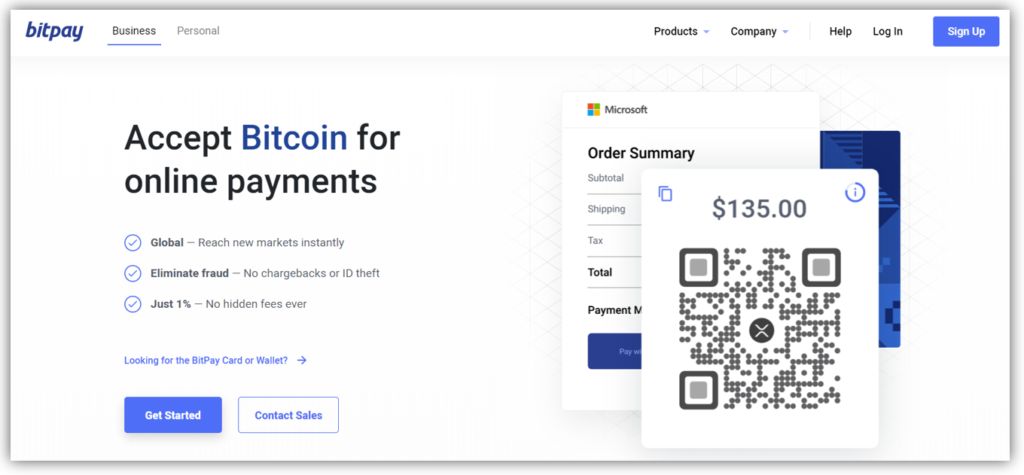
Create a Business Account.
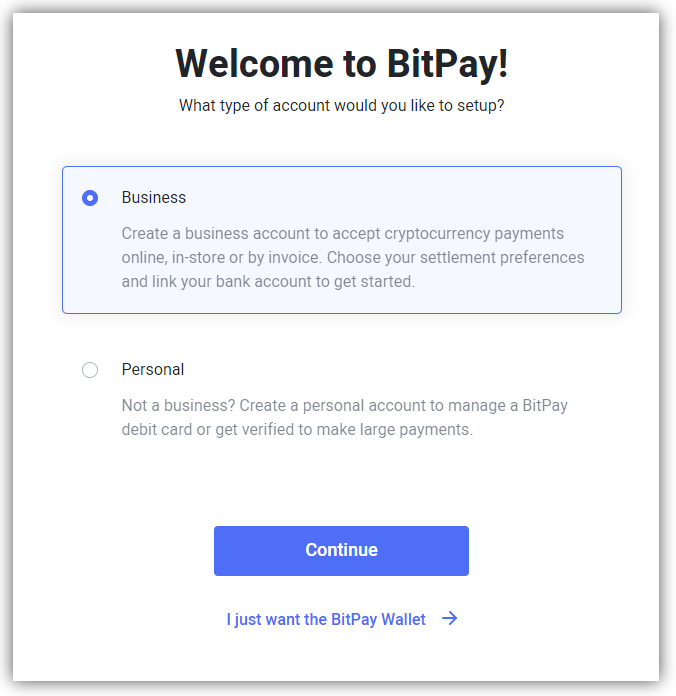
Next, install the Bitpay plugin on your WordPress website. Then follow the Bitpay instructions to connect your WooCommerce store to your Bitpay account. Once completed your online shop will be able to take payments in Bitcoin. For support on how to connect your WP eCommerce or Shopify store, or other open-source plugins or integrated solutions, check out the Bitpay Documentation. Once you have signed up, you will reach the getting started dashboard. There you will see three steps required to verify your account. First, you’ll need to verify your email address. Next, you need to enter your business information to verify your business account. Lastly, you need to enter your bank account information or your Bitcoin wallet address.
How to Install and Configure Bitpay For Woocommerce-:
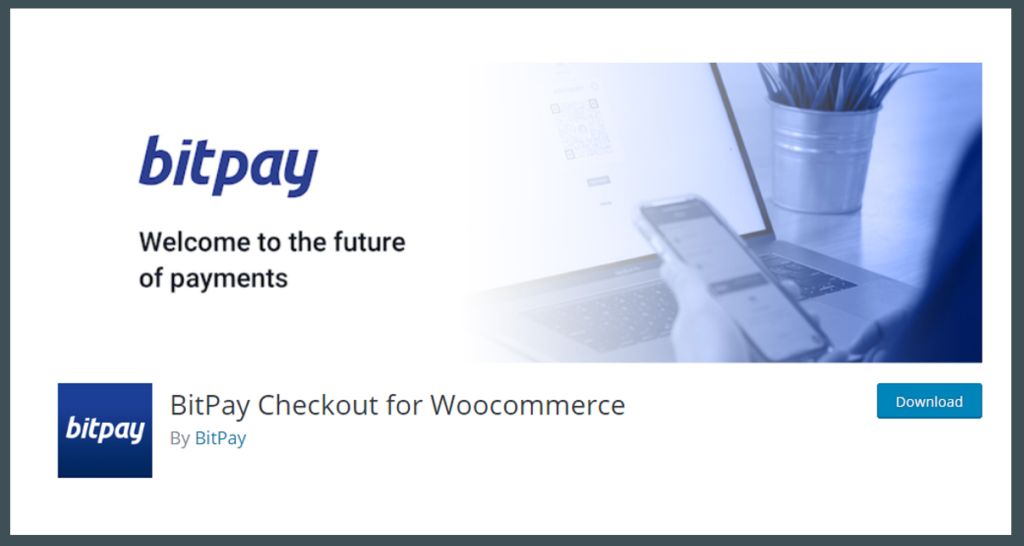
With Bitpay Payment Gateway Plugin for WooCommerce, you will be able to accept bitcoin from payment protocol compatible wallets. You can set your price in Local currency. Payment will be get settled via Bank transfer (EUR, USD, GBP or any of the supported fiat currencies), BTC, BCH or stable coins (GUSD, USDC). You can also Refund your customers in bitcoin or bitcoin cash in your BitPay merchant dashboard.
Thanks for reading…“Pardon my grammar, English is not my native tongue.”
If you like my work, Please Share on Social Media! You can Follow WP knol on Facebook, Twitter, Pinterest and YouTube for latest updates. You may Subscribe to WP Knol Newsletter to get latest updates via Email. You May also Continue Reading my Recent Posts Which Might Interest You.